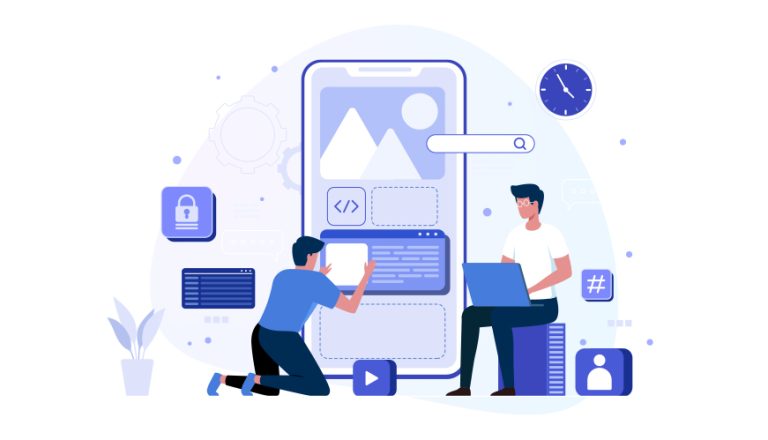
Happy diverse employees team joining fists, sitting at table in boardroom, smiling colleagues celebrating success, good teamwork result, business achievement, engaged in team building activity
An HRMS, or Human Resource Management System, helps with many of the daily tasks involved in running a business, from payroll to employee management and everything in between. HRMS allows you to make your life easier by automating these tasks and providing insights that are otherwise unavailable to you on an individual level. What’s more, HRMS can be incredibly beneficial when it comes to integrating new employees into your business quickly and efficiently, and it can help ensure that every worker adheres to all of the regulations necessary to work at your company. But what exactly is an HRMS? How do you implement it in your business?
The benefits of HRMS
HRMS is a system that automates all the human resource processes in a business. This includes tasks like hiring, payroll, performance reviews, benefits administration, recruitment, training, and onboarding. The system’s software can be customized to fit the needs of your business so it will not only make you more efficient but also save you money on admin costs in comparison to doing the same things manually. With one system for all operations, it is easier for management teams to monitor the company’s human resource activities from a centralized location which allows them to provide better employee support services.
How to implement HRMS in your business
HRMS is an important tool for any business that employs a large number of people. The system can be used to manage employee data and payroll, which includes everything from creating paychecks and deductions to tracking attendance. There are many HRMS software options available on the market today, but it’s important for you to find a system that best suits your needs as well as your budget. If you’re just starting out or have only one or two employees, there may not be much need for an extensive system. But as your company grows, you’ll want a system that will keep up with all the data-tracking needs that come with it.
The benefits of using an HRMS
Choosing the right HRM software is a daunting task. There are so many different options, it’s hard to know where to start. Start by asking yourself what your business needs from an HRM system. Do you need a simple solution or do you want something more robust? Would you prefer a cloud-based system or a physical server?
Once you’ve decided on the type of system you would like, it’s time to figure out which vendors offer that type of software. Here are some factors that will help narrow down your choices: support offerings, customer satisfaction ratings, cost, features offered, integration options with other software systems in your office and ease of use. If possible, set up demos with each vendor so you can see how their system works in person.
How to find the right HRMS for your business
Before you implement an HRM system, it’s important to do some research to find out which one will work best for your business. You may also want to take into account what your budget is, how many employees you have, the type of business you’re in (or plan on being in), etc. Once you’ve narrowed down the options, it’s time for a test run! If you’re not sure where or how to start, there are plenty of free trial periods out there that can give you a feel for what their software might be like.
The importance of training your employees on HRMS
Training your employees is one of the most important factors when it comes to implementing an HRM system. For example, if you are a small business with less than 50 employees, you can train each employee on any HR-related aspects that may be in need for your organization. If you have more than 50 employees, consider a training class for key managers on how to use the system. By ensuring that all levels of management are trained on how the new system works, you will be able to ensure that every person in your company understands their responsibilities and how they will be assessed.
In addition, make sure that all new hires receive training on how the system operates before they start work so they can get off on the right foot with their new job.

